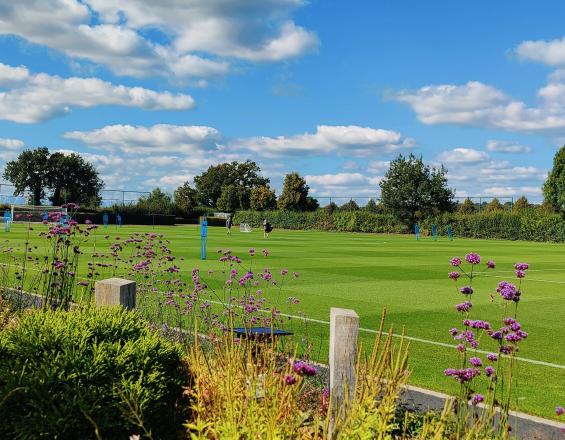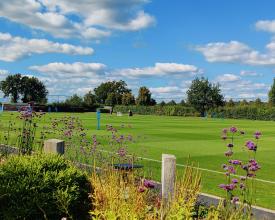
From the whistle to the dawn chorus: how Tottenham Hotspur is listening to nature to guide biodiversity action

Tottenham Hotspur, a Premier League club aiming to lead the way not only on the pitch but also in sustainability, has become the first sports organisation to introduce smart biodiversity monitoring at its training facilities in Enfield. Building on initiatives like offering vegan food at all stadium kiosks, using 100% renewable electricity, and including sustainability in employee inductions, the Club has deployed two innovative systems: one capturing the dawn chorus of birds, the other measuring pollination activity. Positioned in the garden areas and flower beds that surround the training pitches, both feed real-time data into dashboards, which the Club analyses with ecologists to assess trends and understand how land use and maintenance affect biodiversity. These insights will guide a long-term ecological strategy that embeds biodiversity into site management and supports Spurs’ wider environmental goals—leading the way for other sports clubs in biodiversity conservation.
Impacts
Tottenham Hotspur’s use of real-time biodiversity monitoring is already delivering measurable environmental benefits and driving positive change within and beyond the sports sector. By embedding this system into a high-performance training environment, the Club demonstrates that elite sport can support biodiversity conservation without compromising performance. This leadership sets a strong precedent, inspiring other sports organisations to consider how they, too, can integrate similar nature-positive actions into their operations. At the same time, the initiative helps normalise the use of biodiversity data in sports facility management and highlights practical tools available to support this approach.
Additionally, the system enables evidence-based land management by collecting continuous data to monitor ecological trends and assess the impact of maintenance practices. These insights support targeted interventions to enhance habitat quality and species presence. Over time, this contributes to healthier local ecosystems and improves ecological outcomes on and around the training site.
